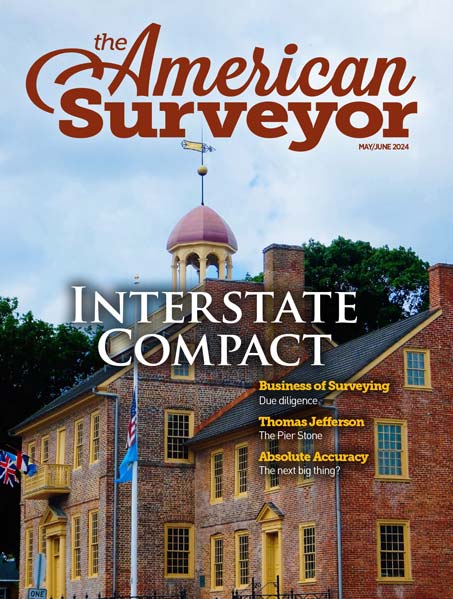Summary
Private nonresidential construction reached another record high in June, according to the Aug. 1 construction spending report by the U.S. Department of Commerce. Spending hit $408.1 billion, a 0.8 percent increase from May, on a monthly, seasonally-adjusted basis.
Of the 16 subsectors of total nonresidential construction, 13 of those produced year-over-year gains with manufacturing (up 39.8 percent), lodging (up 32.8 percent), and power (up 30.1 percent). Meanwhile, conservation (up 12.5 percent), power (up 3.7 percent), and water supply (up 3.6 percent) all experienced the largest gains in nonresidential construction from the period of May to June. In contrast, three subsectors experienced declines with religious (down 9.6 percent), communication (down 3.7 percent) and commercial construction (down 0.4) since June 2007. Seven nonresidential subsectors posted declines in spending from May to June with public safety (down 1.6 percent), communication (down 1.6 percent), and highway and street (down 14 percent).
While private nonresidential construction spending continued to expand, public nonresidential and private residential construction spending both declined by 0.2 percent and 1.7 percent, respectively. Total construction spending, both nonresidential, and residential, was $1.082 trillion, down 0.4 percent from May, and down 5.9 percent since June of last year.
Meanwhile, the U.S. Labor Department reported Aug. 1 that the nonresidential construction sector gained 4,100 jobs in July. However, the nation’s unemployment rate hit a four-year high as employers cut 51,000 jobs.
What’s New
Nonresidential construction activity continues to expand despite mounting expectations to the contrary. According to Associated Builders and Contractors’ (ABC) chief economist Anirban Basu, growth in certain key construction segments continues to be impressive. With the global demand for energy and food still apparent, construction related to these segments is not expected to experience a slowdown in activity anytime soon.
However, ABC continues to believe that the string of monthly records will soon be interrupted by an upcoming monthly decline. While that has yet to occur in 2008, it is anticipated that any downturn in activity may be quite brief. Recently, there has been a series of positive developments that hint at a quick reversal of any downturn in activity to come.
The U.S. Treasury Department, the Federal Reserve and others remain very aggressive in dealing with the ongoing credit crunch. It should also be noted that banks cannot make money unless they are lending, and therefore the banking sector cannot remain in its lending hibernation for an extended period of time. In addition, crude oil prices have fallen from their peak of $147 a barrel achieved earlier this summer, and this may allow a higher proportion of nonresidential projects now in planning stages to move ahead. Furthermore, a still weak U.S. dollar continues to support strong export activity, which will continue to encourage manufacturing construction in certain key industrial segments.
